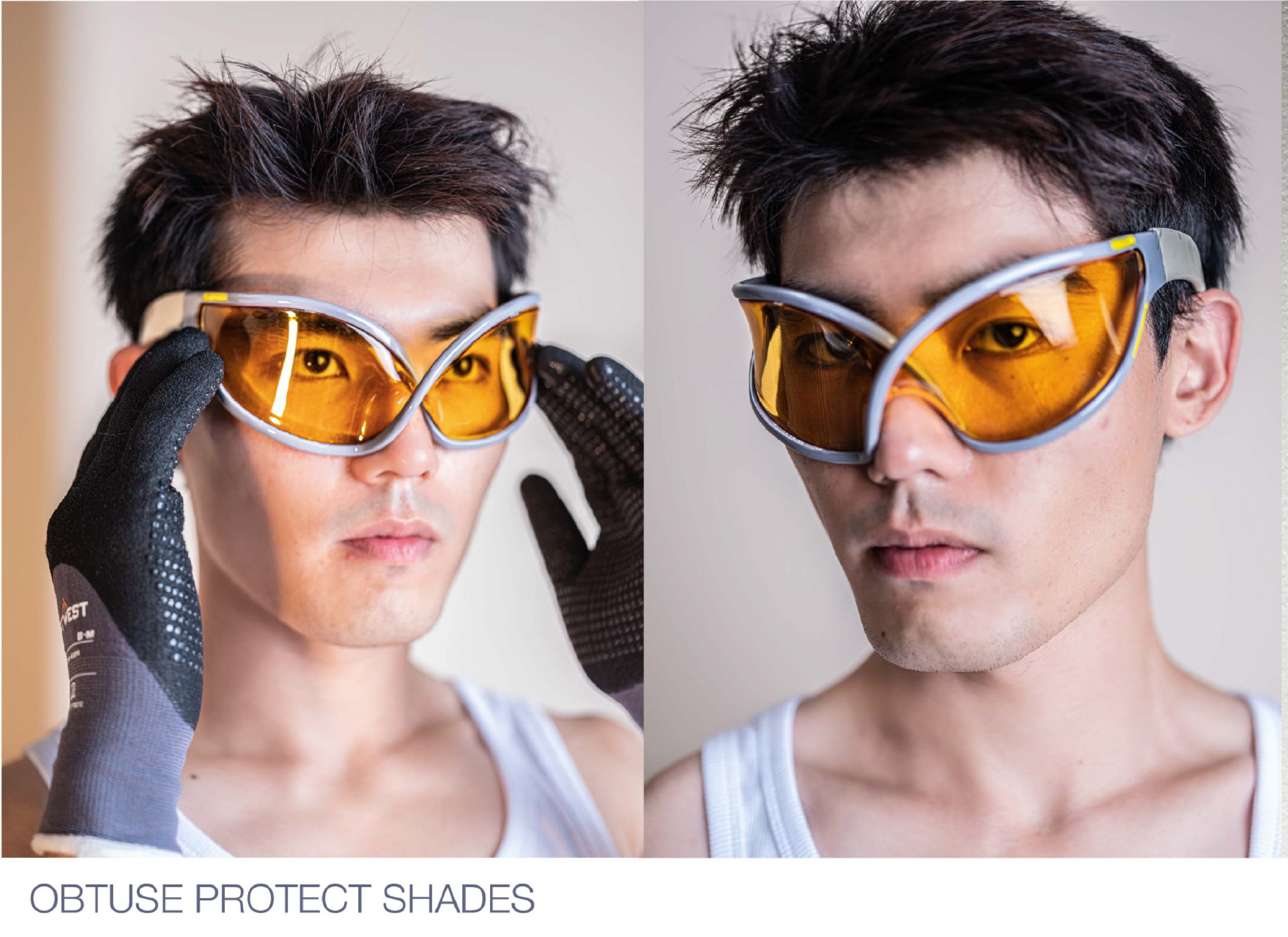Welcome to 2023, where it’s incontestable that the line between the digital and physical world is pulsating in and out of focus. Innovations of today are rapidly shaping our future from AI, AR and VR, to 5G networks capable of developing smart cities, and Blockchain technology enhancing cyber security. How do we plant our feet when the technology that runs our lives is constantly yanking us up into cyberspace?
A study published by Ani Petrosyan of Statista found that as of July 2023, the number of worldwide internet uses amounted to 5.19 billion (approximately 64.6% of the global population). Of those internet users, 59.9% were shown to be on social media. Another horrifying study by Statista uncovered that “on average children aged 8-18 spend approximately 7.5 hours consuming entertainment on screens per day.” Post-pandemic, phone screen time is at an all time high with studies revealing that over 50% of millennials have disrupted sleep due to checking their phones in the middle of the night. With those statistics in mind, alongside the rapid convergence of the digital and physical world, how can we better protect future generations?
For those born into the digital age, relying on screens has become the norm. Everywhere you look there are kids in shopping trolleys scrolling through tiktok, kids at a restaurants , google-eyed and gazing into an ipad lovers on a date detached from one another but engrossed in their Instagram feeds We are all drifting in a sea of usernames and hackable passwords. It’s our responsibility to keep alert and keep in control of our online experience. It’s time to take notice of how long you scroll per day, how easily you’re lured away from important tasks, and even from family and friends. We must create boundaries between the digital and physical world.
CHECKING OUT OF THE INSTAGRAM & TIKTOK HOTEL
If Instagram and TikTok were hotels, it’s plausible that they’d both receive questionably mixed reviews on Booking.com. They’d gain a star rating just high enough to justify making a last-minute booking but just low enough to regulate your expectations. Social media is bursting at the seams with inspiration, collaboration, vital conversations, positive movements and opportunities for growth. However the scale is tipped back by hate speech, triggering content, doom scroll potential and addictive nature. When social media is consumed with a lack of intention, or overused, the risks begin to pile. Just like a stay at any hotel, you have to know when it’s time to check-out. A study published last year in “Cyberpsychology, Behavior, and Social Networking” split 154 participants into two focus groups, one that would continue to use social media and one that would stop using social media for a week. Striking variations were noted between each group with noteworthy mental health improvements in the group that spent a week without social media. It’s recommended to take regular breaks, but how does one find balance in a field of work where regular social media consumption is necessary?
GLITCH’S GUIDE TO MAINTAINING BALANCE
1 HIT SNOOZE ON YOUR MORNING SCROLL
When we first wake up our brain waves are in the alpha stage, also referred to as the “gateway to the subconscious.” It’s why the first 20 minutes after waking are so influential and interlinked with our ability to carry out tasks throughout the day, and regulate our mood. What a risky game we play when we willingly hand over our subconscious to a pitiless algorithm with no conscience. Break the cycle of waking up with a phone in hand by establishing a replacement habit. Set up an elaborate coffee station fit with a book to read or journal to write in, or roll out a yoga mat with an activewear ensemble. Choose a singular morning activity that will detract from the incessant urge to check notifications.
2 SET INTENTIONS
How many times do we mindlessly pick up our phones for no reason, lose track of time scrolling and avoid valuable peace and quiet in the physical world? SellCell conducted a survey with over two thousand participants and revealed that a staggering 52% admitted to spending a minimum of 3-4 hours more on their phone than with their partner throughout the day. The addictive qualities riddled within our smartphones are eating up the fleeting time we have with our family, friends and loved ones, which makes it all the more vital to set intentions for screen time. When we reach for our phones there is one question that should permeate our minds.
“What is my intention?”
Be it to source inspiration, contact someone, complete a task for work, or for a bit of leisure, setting an intention is a fundamental tool in avoiding an endless, mindless scroll-fest.
3 SCHEDULE TIME AWAY
For a job that involves heavy social media use, neglecting regular breaks can be detrimental to mental and physical health. For a heftier span of time away, plan in advance and pencil it in a calendar. For more regular maintenance, find time within the day or night to switch off and disconnect from the digital world entirely.
4 FACETUNE YOUR FEED
We dedicate so much time to perfecting the images we post and not enough to applying the same meticulous tweaks to what we consume. Each day we let potentially triggering posts slip through the cracks. We follow people that instill us with a sense of inadequacy, forging a spiral of comparison that may momentarily dull when we exit the digital world, but resumes with ineffable force each time we log back in. A good old feed cleanse is an apt way of ameliorating the online experience.
5 YOUR PHONE SHOULD GO TO BED BEFORE YOU DO
According to the Sleep Foundation, phones and other electronic devices with a backlight emit what’s known as a blue light. Blue light has been proven to diminish or obstruct melatonin production in the body which keeps the brain awake and alert. The effects of blue light leech into REM sleep, shortening the window of time responsible for quality cognitive brain function. REM sleep is subsequently affected by the amount of times one wakes to check their phone in the middle of the night. It’s recommended to switch devices to ‘night mode’ in the evening, implement a wind down routine that limits screen time, put phones and other electronic devices away thirty minutes to an hour before intended sleep, and charge devices away from the bed.
Remaining grounded in the physical world whilst taking control of the digital experience is immensely possible. A social media account and the device it’s viewed on is replaceable. What’s not replaceable is our ability to harness the present moment. There’s nothing quite like being human and that’s something the digital world will never be able to precisely replicate.
Written by Ashley Jade Callahan





